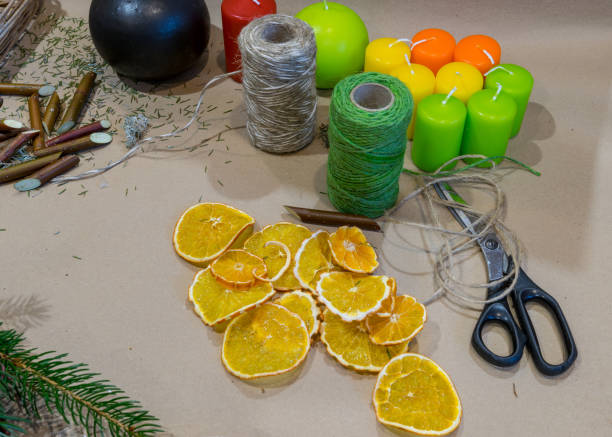These are only a few parts of a larger story. Since the late 19th century, Australians have dreamed of returning to the land. Anarchists and suffragists who wanted to provide opportunities for unemployed females, Catholic agrarians who wished to nourish both soul and soil, and organic farmers working at the grassroots level were among those who adopted an ethic of self sufficiency.
These pioneers all looked to the land for salvation as an alternative to “unhealthy cities,” seeking solutions and options to industrial modernity’s problems and sharing a vision of the “good life.”
Australians have been returning to the land for over a century. Shutterstock
Cities that are dirty and corrupt
In the late nineteenth century, urban reformers in North America, England, and Europe, as well as Australia, began to notice a decline in social values and standards. This was a result of economic instability and rapid social changes. As the public’s concern about “dirty, corrupt” cities grew, an image of the English rural idyll became a source of inspiration.
This idea was shaped in Australia by both the romanticism of bush songs and the landscape art movement. Urban Utopians, however, wanted to reconnect with nature in order to rebuild society.
David Andrade was among them. He was born in Collingwood, Australia, in 1859 to Jewish merchants. As a child, he developed an acute awareness of the injustices he witnessed. Andrade, who co-founded the first Anarchist Club of Australia and spent years speaking and publishing in Melbourne, came up with “Social Pioneering,” a visionary idea. The vision was to open up “agricultural and pastoral pursuits,” bringing people who had no land closer to nature and to basic subsistence life to avoid the dangers of market fluctuations.
David Andrade in the 1890s. www.marxists.org/glossary/people/a/n.htm
Andrade founded “Liberty Hall,” a central Melbourne venue, in 1893 during an economic depression. This radical venture was home to the first vegetarian restaurant, a progressive cuisine, and numerous lectures about topics such as socialism and mesmerism. It also hosted lectures on vaccination, free-thinking, spiritualism, and other subjects.
Andrade outlined plans for a cooperative community named “Freedom” along the Murray River on Lake Boga as an “enlightened salve to poor city wage slaves.”
In 1894, however, he and Emily, his wife, moved with their three young children and another on the way to Sassafras, a newly-opened settlement in the Dandenong Ranges. The Andrades, along with thousands of others, looked at small-scale farming in rural “homesteads” under a government program known as Village or Closer Settlement.
Unfortunately, their dream of collective Utopia and agricultural independence remained unfulfilled. In 1897, fires destroyed the settlement. David was admitted to Yarra Bend Lunatic Asylum shortly after, his “reason being broken down”. Emily and her children were forced to return to the city, and most of Andrade’s radicalism soon faded.
Many others, however, continued to struggle against the unpredictable nature of the elements, the poor soils, and the harsh realities that come with making a living on the land. They were buoyed up by the potential for subsistence farming and the autonomy gained from working for themselves.
Womanly, but not weak
It was difficult for urban women to earn a living by gardening. They had better luck when they were away from the conventions and expectations of city dwellers.
Horticulture For Ladies The Australasian 18 February 1899. The Australasian, 18 February.
Mary Sanger Evans, a suffragist, began to promote sericulture in December 1892 as a “womanly” agriculture pursuit as the Depression took hold. Sericulture, which was announced to women as an alternative to the idea that “real men are farmers,” challenged this view. Evans’ ideas were formalized into the Women’s Cooperative Silk Growing and Industrial Association. It had a charter that outlined its goals.
Open up new productive industries for women who are out of work, whether they be refined ladies, factory girls, or mothers without children. These industries can be healthy and elevating and, when properly implemented, very profitable.
The organization bought a 44-acre farm at Wyee, north of Sydney, with the help of prominent women, including the wife of NSW Governor Robert Duff. The women called it Wirawidar, the Indigenous term for “woman’s land.” Their efforts to continue farming until 1901, despite drought and economic hardships, inspired urban women who looked away from cities to the power of soil.
Ina Higgins realized, with the help of her brother Justice Henry Higgins and a rural smallholding, that women can gain “autonomy” and “freedom.” Ina Higgins, a suffragette activist who spent years campaigning for a women’s course at Burnley Horticulture College to be offered, became one of the first graduates from this college in 1900. She became Australia’s 1st professional female landscaper.
Ina established a farm at Mordialloc, on the edge of Melbourne’s metropolitan area, in 1913 with the help of fellow peace and suffrage activists Adela Pankhurst, Vida Goldstein, and Cecilia Ann John. Women’s Rural Industries Cooperative members worked in an orchard and nursery, raised poultry and horses, kept bees, and grew flowers and vegetables. It was also established to help single and divorced women earn money to provide for their children and themselves.
Ina Higgins, in the garden of ‘Killenna”, 1919. Palmer Papers, National Library of Australia. PIC Album 885/7. #PIC/P778/562
They did not pay attention to dress or class dictations but instead wore a “brown knitted knickerbocker” suit. While Higgins was instructing horticulture in the classroom, the press reported one co-op member, Cecelia, as “as capable as a man” since she “could drive a car, paint houses, erect chicken sheds and [is] preparing to turn a corner of a big barn into the
Higgins continued to teach young women horticulture at Dookie Agricultural College and paved the way for future “women of the soil,” such as renowned landscaper Edna Walling. Higgins continued to educate young women in horticulture at Dookie Agricultural College. She paved the path for future “women on the soil,” such as the renowned Edna Walling.

